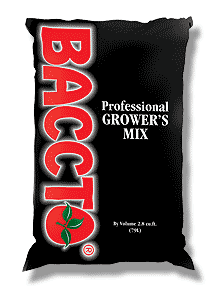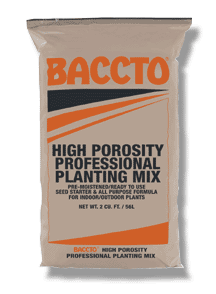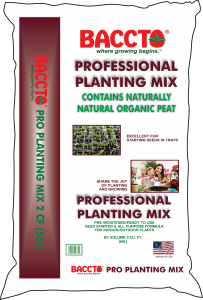acespicoli
Well-known member
If everyone gave more than they took, givers and takers <=>
Well said
Well said
im liking your thread man... some great info.. thanks

I've found that using dry organic fertilizer blends helps simplify soil building. Products like Down to Earth Starter Mix (3-3-3), Foxfarms All Purpose (5-5-5) or Espoma BioTone (4-3-3) all do a wonderful job.
-Funk

does anyone use chitosan in their soil recipes? and if so has it made any difference to the overall plant health/product?
Its has taken years to get to the point im arriving at now, there is a whole other thread of my soil mixing from the past 7 years, this was kinda my foray into self mixed soils and soil science looking for recipes and knowledge. I had always used a organic planting mix Baccto with vermiculte previously.read this thread and still trying to figure out where you are going with it
the chemistry and charts are cool.
just, im not following you, it seems rather random
m2c
im just a newbie , and started in hydro
it took me exactly 3 rounds to go organic
i used the bace no soil lc mix from blaze or burn one of those guys
and the buildasoil coots mix package
it was hot the first 2 rounds,
and has been ok going into year 3
but im seeing some nitrogen and calcium issues
i suppose i should get a test to see what exactly to amend with
but idk, maybe ill mix up danks mspb recipe for a couple of my containers to compare
with my existing soil
i run no till, so im not super excited to go busting up my 2 yo pots
to add in some amendments but, i dont see another way
around it...





